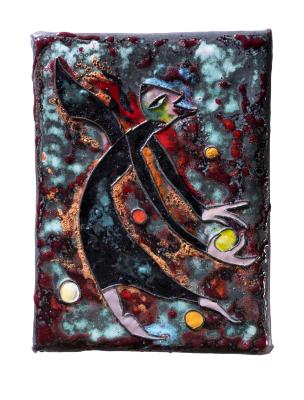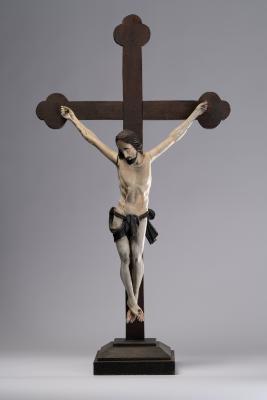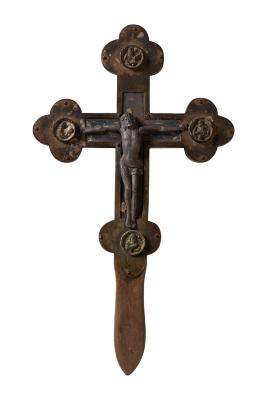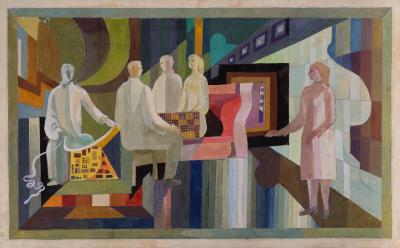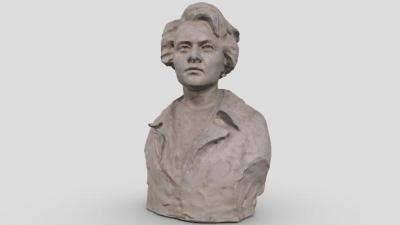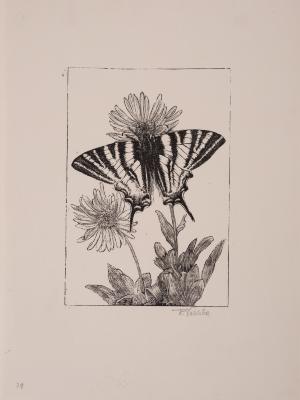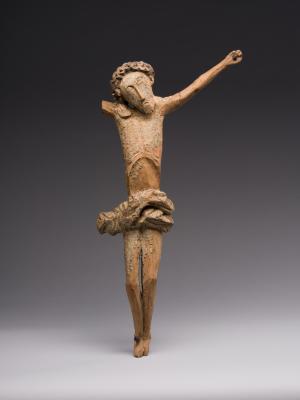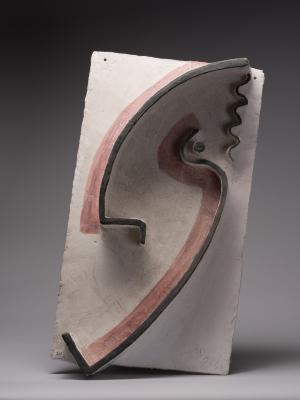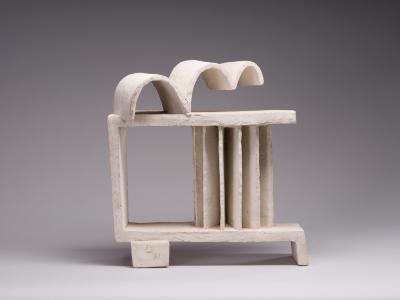Neapolitan Tarantella
Bartolomeo Pinelli
- ID
- Г-IV-1698
- Author
- Bartolomeo Pinelli
- Name
- Neapolitan Tarantella
- Date of creation
- 1816
- Technique
- etching watercolour
- Material
- paper
- Dimensions (height x width, cm)
- 10.3 x 16.1
- Type
- graphic art
- Genre
- genre art
- Provenance
- Collection of Faina Tarashchanska (Lviv), 1966
The work is a version of one of B. Pinelli's "dance" compositions from the albums Raccolta (1809) and Nuova Raccolta (1816). In some engravings, the couple is depicted with additional characters in the background of Naples districts. The square engraving (actually on a fragment) from the album Peter Bierl Buch- & Kunstantiquariat, Orasburg, Germany, shows a composition dated 1820. Tarantella is the most popular dance in southern Italy, namely in Naples and Sicily. It is fast and agile. One or more couples perform it with guitar, tambourine, and castanet accompaniment. On B. Pinelli's engraving, a dancing couple is depicted in the centre of the composition – a gentleman is looking at a lady and tapping the rhythm with castanets, while a woman is lifting her leg and holding a long dress with her hand. On the left side of the work, a girl is depicted sitting and beating the rhythm on a tambourine. The engraving is brightly painted with blue, red, pink, orange, and yellow watercolours.








